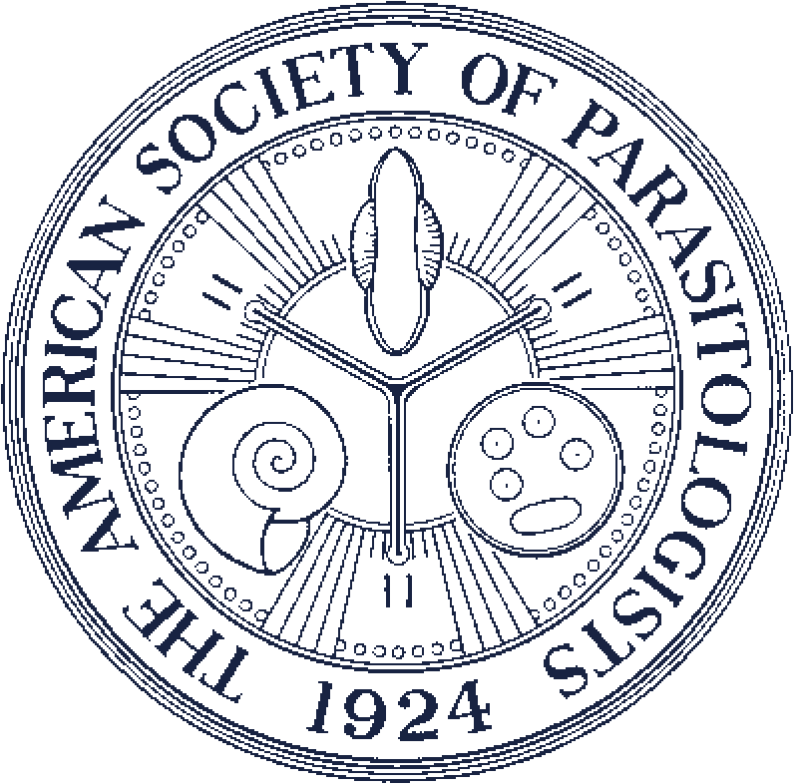PARAPLEUROGENOIDES (DIGENEA), A NEW GENUS IN PELOPHYLAX BEDRIAGAE (ANURA: RANIDAE) FROM KURDISTAN, IRAN WITH COMMENTS ON THE RELATIONSHIPS WITHIN PLEUROGENIDAE
The systematics of the family Pleurogenidae Looss, 1899, has been significantly revised in recent years, with the addition of 7 new genera based on molecular data. Despite these advancements, this family still lacks a definitive morphological synapomorphy. It encompasses genera with considerable morphological diversity, parasitizing a wide range of host groups across the globe. In the present study, we describe Parapleurogenoides n. gen., a new genus within the Pleurogenidae, discovered in the Levant water frog, Pelophylax bedriagae (Camerano, 1882), from the Sanandaj region of western Iran. This new genus is distinguished by its pyriform body shape, vitelline glands with a limited number of follicles, and a Y-shaped excretory vesicle. To investigate its phylogenetic relationships, a dataset of partial 28S rRNA sequences was generated, including all Pleurogenidae species available in GenBank. The phylogenetic analysis reveals that Parapleurogenoides kurdistanensis n. sp. and cercariae from Vietnam form a distinct clade, which is sister to Pleurogenes claviger (Rudolphi, 1819) and Pleurogenoides medians (Olsson, 1876). These clades are classified within Pleurogenidae, a family known for parasitizing amphibians. Moreover, the relationships within Pleurogenidae and the taxonomy of the genus Pleurogenoides Travassos, 1921, are re-evaluated based on morphological traits and the potential inclusion of other species previously assigned to this genus.ABSTRACT

Line drawings of Parapleurogenoides kurdistanensis from Pelophylax bedriagae. (A) Whole worm. (B) Genitalia. Abbreviations: c, caecum; cs, cirrus sac; e, esophagus; ev, excretory vesicle; o, ovary; oo, ootype; os, oral sucker; ph, pharynx; t, testis; u, uterus; vs, ventral sucker.

Light micrograph of complete worm of Parapleurogenoides kurdistanensis n. sp.

Scanning electron micrographs of of Parapleurogenoides kurdistanensis n. sp. from Pelophylax bedriagae. (A) Whole worm. (B) Anterior region; letters indicate locations of other SEMs. (C) Spines of lateral side. (D) Spines of dorsal side.

Bayesian inference topology results from the phylogenetic analysis of 1,078 bp of the 28S rRNA gene. Bayesian posterior probabilities (PP) above 0.9 are given at nodes. Taxon names are followed by their GenBank accession numbers.

Phylogeny of the Pleurogenidae based on maximum likelihood analysis of 1,078 bp of the 28S rRNA nucleotide data. Bootstrap values above 70% are shown at the nodes. The scale bar represents genetic distance in substitutions per site. Taxon names are followed by their GenBank accession numbers.
Contributor Notes
Version of Record, first published online with fixed content and layout, in compliance with ICZN Arts. 8.1.3.2, 8.5, and 21.8.2 as amended, 2012. ZooBank publication registration: urn:lsid:zoobank.org:pub:E599FC91-3BDE-44CF-86CB-371460A1F5AF.
